Bedstraws and cleavers
Leaves and stem
Stems of cleavers spread and sprawl across the ground , or up and over other plants /and shrubs. They use these as 'supports' to help form a dense network of stems and leaves, up to a height of 4 – 5 feet . This network can shade out other species beneath them, reducing competition for water and other nutrients.
The leaves are simple, and are arranged around the stems in whorls (of 6 to 8). Each leaf comes to a point. Both the stems and leaves of cleavers have many, minute hooks or barbs which help the plant to scramble over others. These can be seen in the images below.
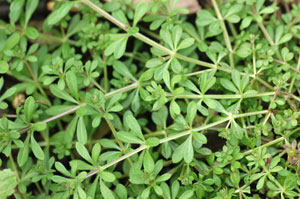
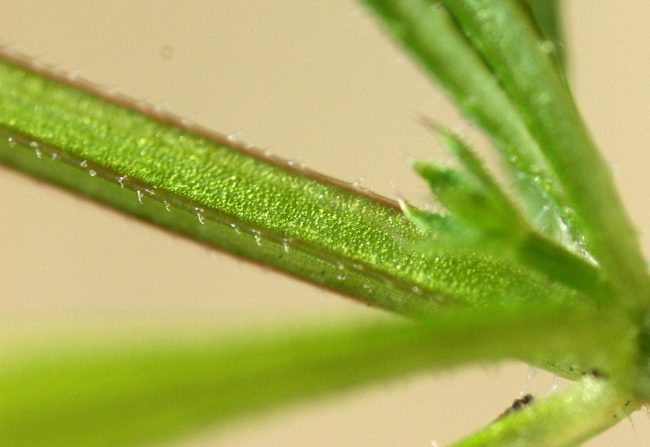
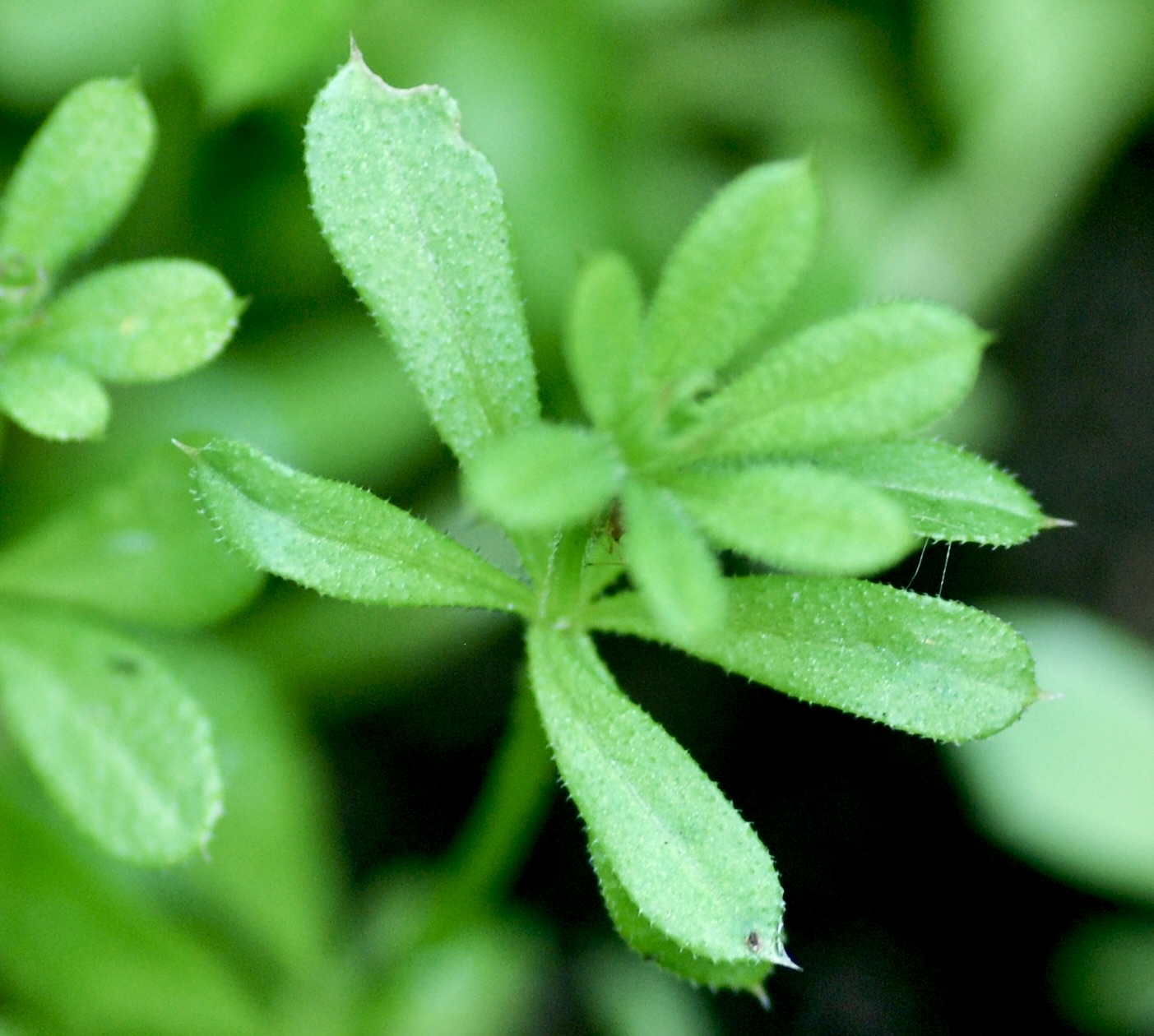
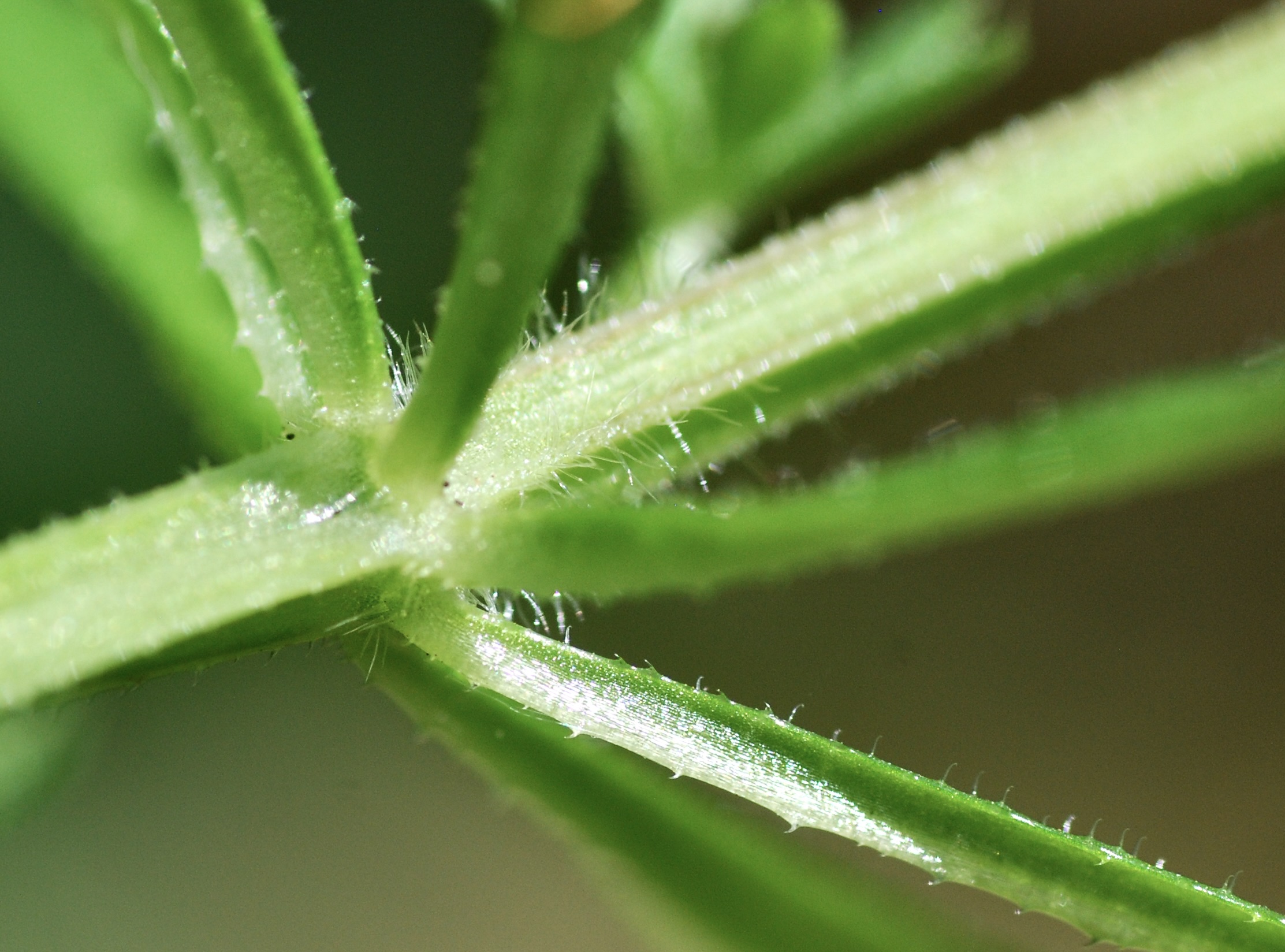
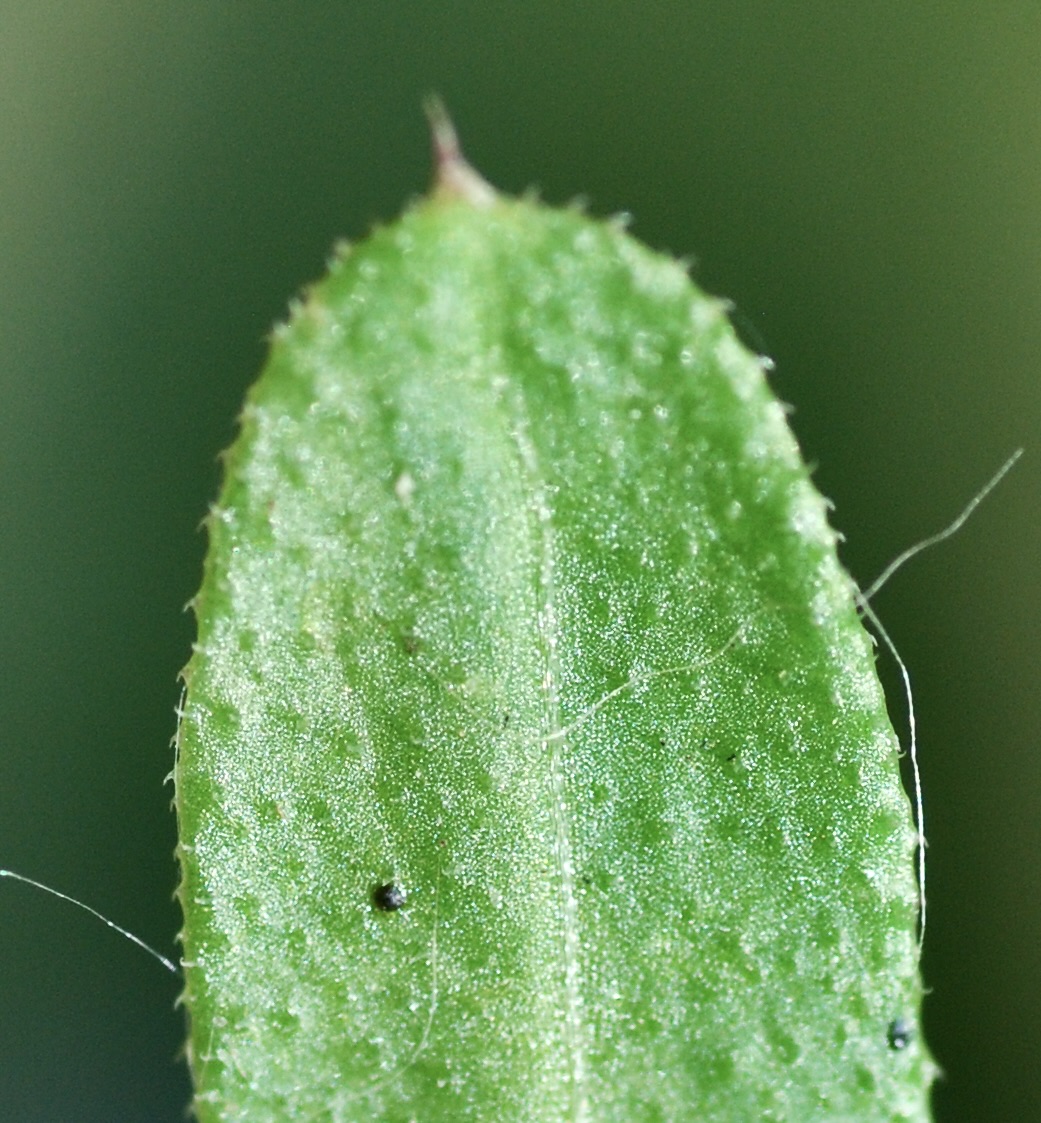
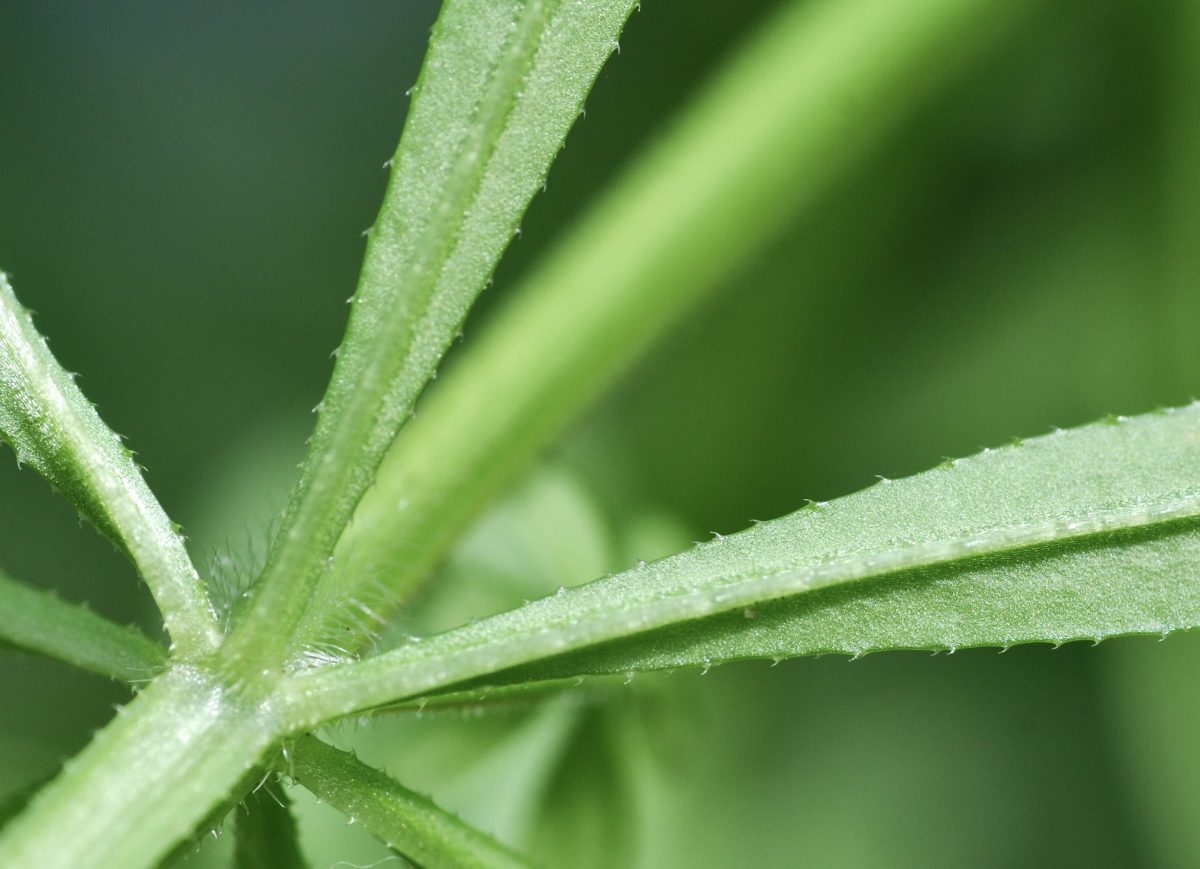
Flowers and Fruits
The flowers, which form in June through to August, arise in the leaf nodes. They are small and white, with four petals joined at the base and, when pollinated, these form small, spherical fruits which like the stems and leaves bear many small hooks. The seeds when dried and lightly roasted are said to give a coffee-like drink.
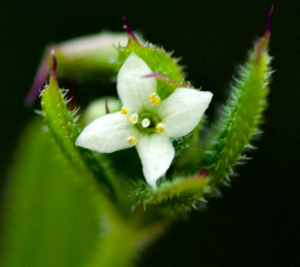
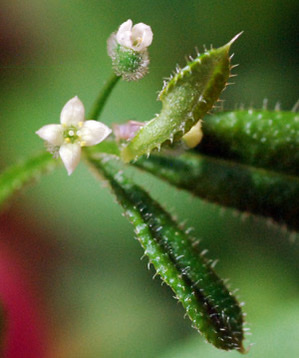
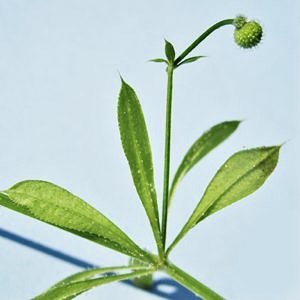
Ecology and other notes.
Bedstraws are slender, sprawling herbs that have square stems (in cross-section) and they belong to the genus GALIUM. The genus Galium belongs to the family RUBIACEAE, which includes the Gardenias, Coffea (for coffee) and Cinchona(the bark of which yields quinine , also known as Jesuits’ bark).
Galium aparine ( aka goosegrass, kisses, cleavers, sticky bobs, sticky willy, sweethearts and robin run the hedge) is very common and is a ‘scrambler”. It is an annual and is common in hedges, arable fields and gardens.
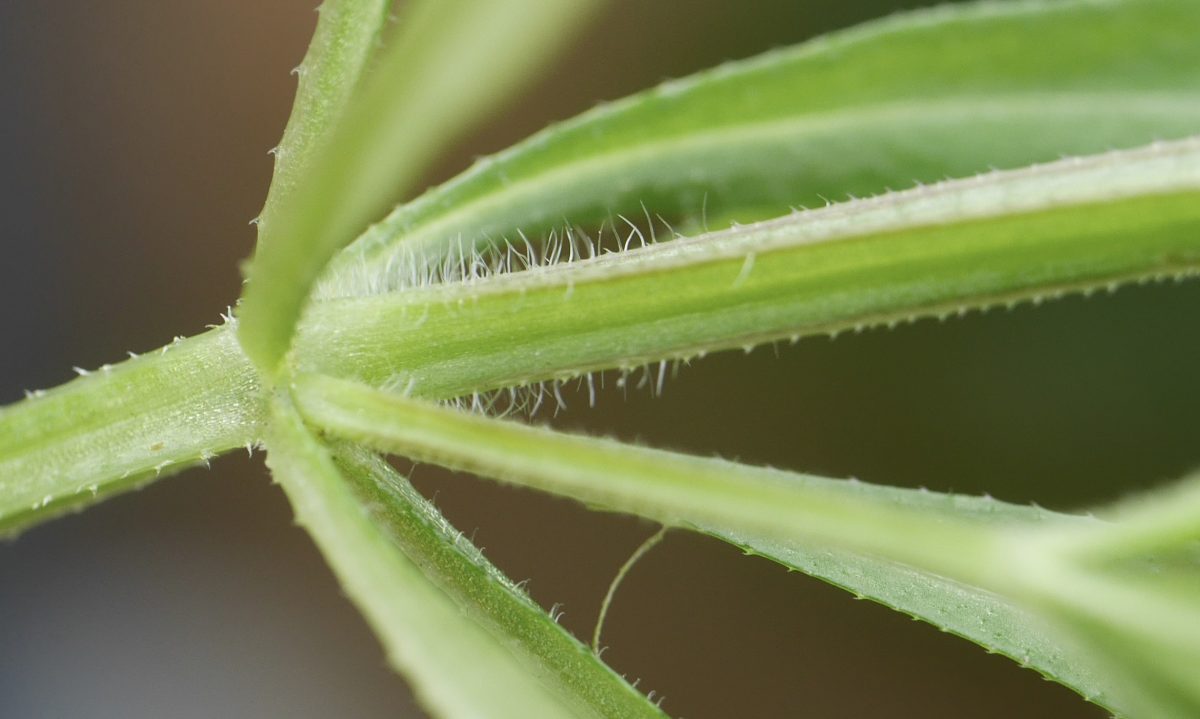
Some Galium species, such G. verum (lady’s bedstraw) and G.odoratum (sweet woodruff, is a woodland bedstraw, which tends to form ‘a carpet’. It is a perennial and has the largest leaves of the bedstraw family). The leaves are rich in a chemical – asperuloside, which gives a scent like that of newly mown hay or vanilla. The dried leaves may be used in pot pourri or in former times for the packing of linen and in mattresses – hence the name bedstraw. Sweet woodruff has larger flowers and broader leaves than other bedstraws.
The bedstraws are sometimes used by herbalists and can also be used to make a red dye.